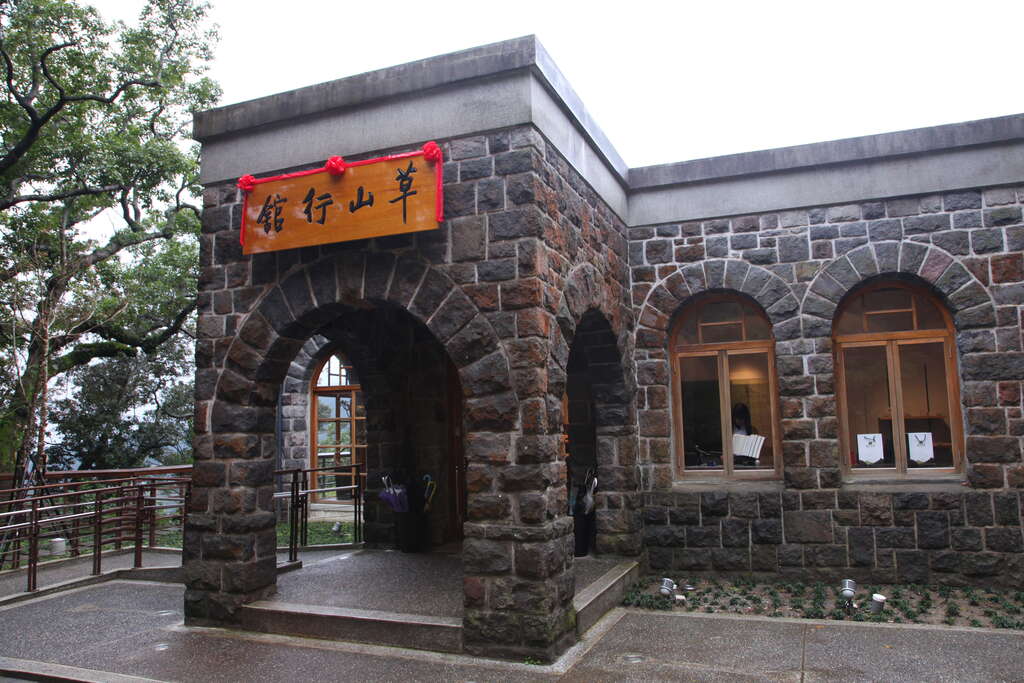Cao Shan Villa Introduction
Zhen is a building that utilizes natural construction methods, a beautiful space where ancient and modern arts coexist, and an ecologically vibrant garden in the back mountains. The passage of time and historical changes have maintained an elegant posture of subtlety. "Caoshan" does not refer to a single mountain but generally describes the valley area surrounded by Datun Mountain, Qixing Mountain, and Shamao Mountain. The Caoshan Villa was originally a guesthouse for the Taiwan Sugar Company. In 1949, after the National Government relocated to Taiwan, General Chiang Kai-shek resided here. The villa is serene and pleasant, situated at a strategic high point in Caoshan, where the Keelung River and Tamsui River converge, offering breathtaking views of the Guandu Plain, Shezi Island, and Guanyin Mountain. In 1950, it was renamed "Yangmingshan" in memory of the Ming Dynasty philosopher Wang Yangming. The Caoshan Villa covers an area of 4,275 square meters. The main villa is a typical Japanese-style building from the 1920s, with a building area of 584 square meters. In front of the main villa stand two acacia trees and cinnamon trees more than a hundred years old, quietly narrating the passage of time. The interior of the main villa is arranged with a corridor, hall, reception room, study, bedroom, master bedroom, living room, guest room, kitchen, courtyard, and terrace. There are also four small auxiliary buildings nearby, originally the quarters for Chiang's bodyguards. Later, during renovations by the Taipei City Government's Bureau of Cultural Affairs, these four buildings were integrated with the main villa's cultural and artistic exhibition activities and converted into artist studios, aiming to make Caoshan Villa an aesthetic space that blends ecology, culture, and art, enabling close interaction and dialogue with the public.




















